In the world of maize milling, shift millers are the unsung heroes. They keep the mill running smoothly and ensure that every bag of maize meal meets customer expectations. Their role demands attention to detail, technical know-how, and a disciplined routine. At Roff Milling, we understand that quality isn’t an accident, it’s the result of consistent actions performed by skilled professionals.
Here are 10 essential habits that every successful shift miller should develop to keep product quality on point and ensure smooth operations in the mill.
1. Start every shift with a thorough inspection
A successful shift begins with a walkthrough of the mill. Inspect all equipment for visible damage, leaks or abnormal sounds. Check sifters, purifiers, rollers and conveyors to ensure they are clean, calibrated and functioning properly.
Why it matters: Spotting problems early prevents breakdowns, production delays, and substandard product batches.
2. Keep a clean work environment
Housekeeping is not optional. Clean mills reduce contamination risks, improve safety and maintain equipment lifespan. Regularly clean up dust, debris and spillages in and around machines.
Pro tip: Follow the ‘clean as you go’ method. A tidy mill is a safe and efficient mill.
3. Monitor product flow and extraction rates
Know your expected yields. Keep an eye on flow rates and extraction percentages for each product type. Deviations can point to screen breakages, incorrect roll settings, or product blockages.
Key tool: Use flow charts and mass balance sheets to monitor performance against targets.
4. Maintain accurate records
Good shift millers document everything: production data, machine settings, downtime, maintenance performed and anomalies. These records form the backbone of continuous improvement and traceability.
Why it matters: Accurate records help identify trends, track performance, and support food safety audits.
5. Calibrate and adjust equipment regularly
A mill is only as good as its calibration. Check and adjust roller gaps, sifter sieves and aspiration to ensure optimal separation and particle size.
Tip: Follow the maintenance schedule strictly and make micro-adjustments as needed during operation. Always adjust one variable at a time so you can identify which change made the difference.
6. Understand the raw material
Grading, moisture content and kernel quality affect every stage of the milling process. Familiarise yourself with the batch’s origin and quality specs to adjust your settings for optimal milling. Because maize quality can vary significantly between sources and regions, professional millers often store batches separately based on grade and condition. By carefully blending these batches, they can create a consistent grist that balances the strengths and weaknesses of different maize lots. This practice not only stabilises the milling output but also helps maintain uniform product quality, especially when dealing with seasonal fluctuations or limited high-grade stock.
Did you know? Maize from different regions or seasons may behave differently under the same milling conditions.
7. Communicate clearly with other shifts and departments
Good communication ensures continuity between shifts. Logbooks, verbal handovers and digital records keep everyone informed of challenges, solutions and equipment statuses.
Good practice: Include corrective actions taken during your shift to help the next team stay ahead.
8. Keep an eye on food safety and hygiene protocols
Follow all HACCP protocols, PPE guidelines and hygiene procedures without fail. Contamination risks are real, and non-compliance can lead to costly product recalls or reputational damage.
Stay compliant: Know your mill’s CCPs (Critical Control Points) and the protocols for each. Learn more about CCPs here.
9. Stay alert to abnormalities
Changes in machine sounds, product colour or odour can signal problems. A skilled shift miller is attuned to these signals and takes action immediately. Regularly take random samples and conduct sieve and laboratory tests.
Develop this habit: Trust your senses and report anything unusual, even if it seems minor.
Do a refresher on maize meal quality checks with this series from Roff: Moisture content testing, Specks and cooking test, Granulation and Oil checks. 
10. Never stop learning
Maize milling is both a science and an art. Keep learning from senior millers, training courses and technical manuals. New challenges and technologies are always emerging.
Career tip: Certification through recognised bodies like the South African Grain Milling Academy (SAGMA) can boost your knowledge and employability.
The Roff advantage: Supporting millers for success
At Roff, we don’t just build world-class milling equipment – we partner with millers to drive consistent product quality and profitability. Whether you're a new shift miller or a seasoned pro, developing these habits will keep your mill running efficiently and your customers satisfied.
Want to optimise your maize mill's performance?
Talk to our team today about training, technology and tools that support quality maize meal production.

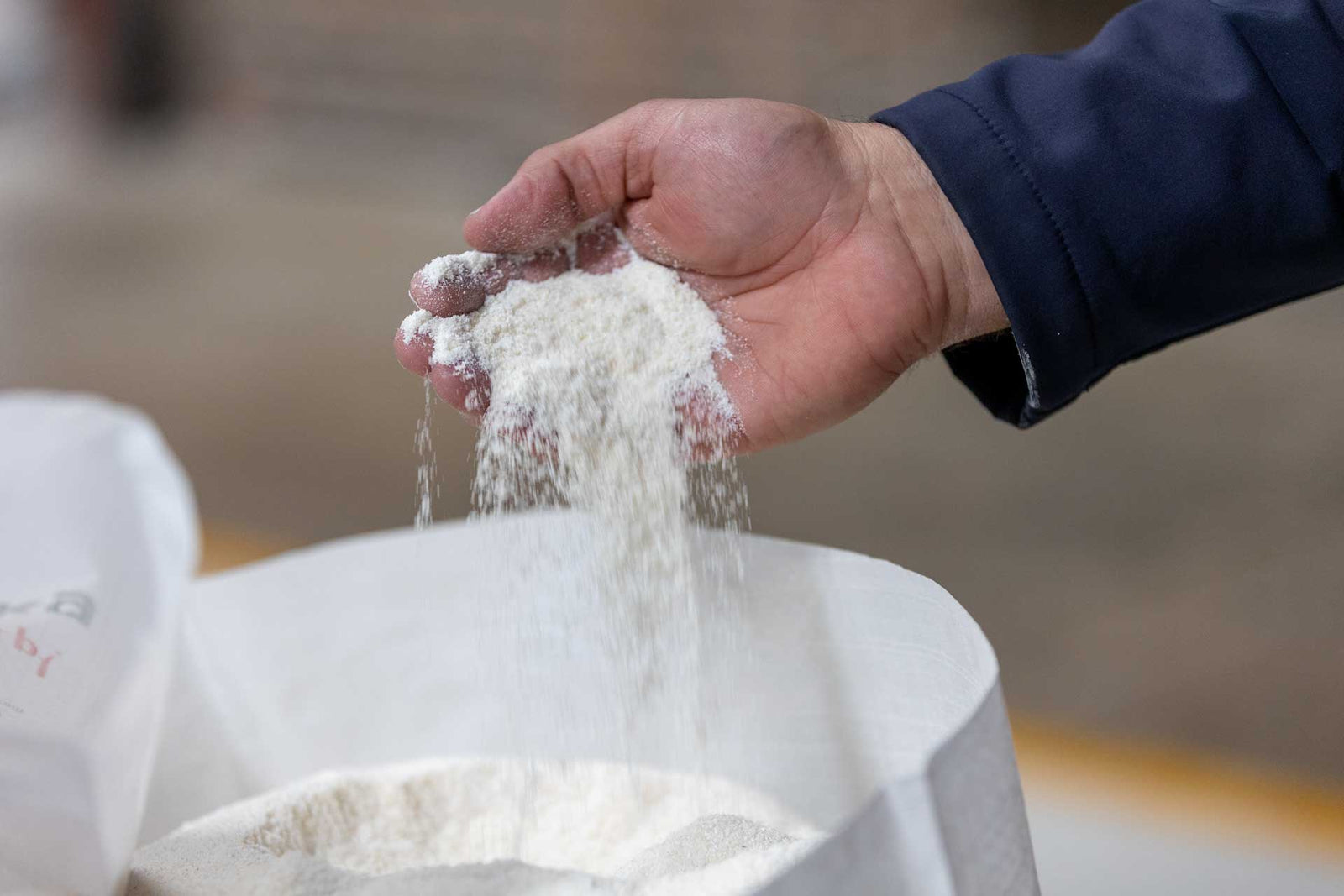

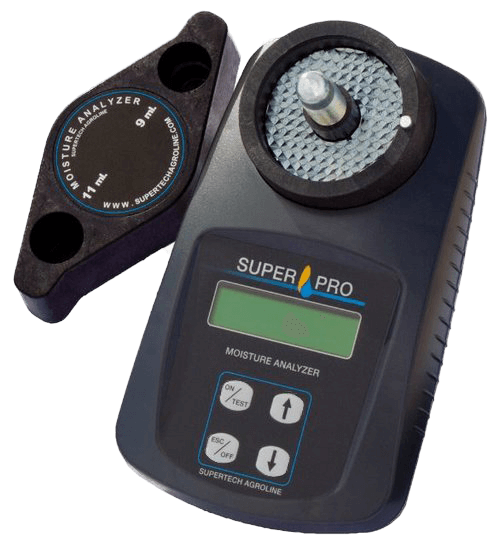
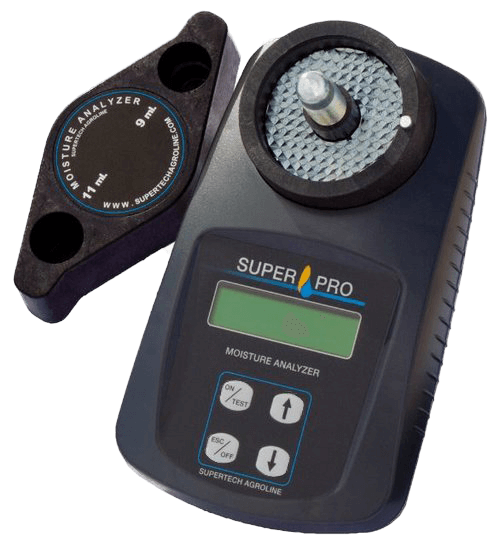
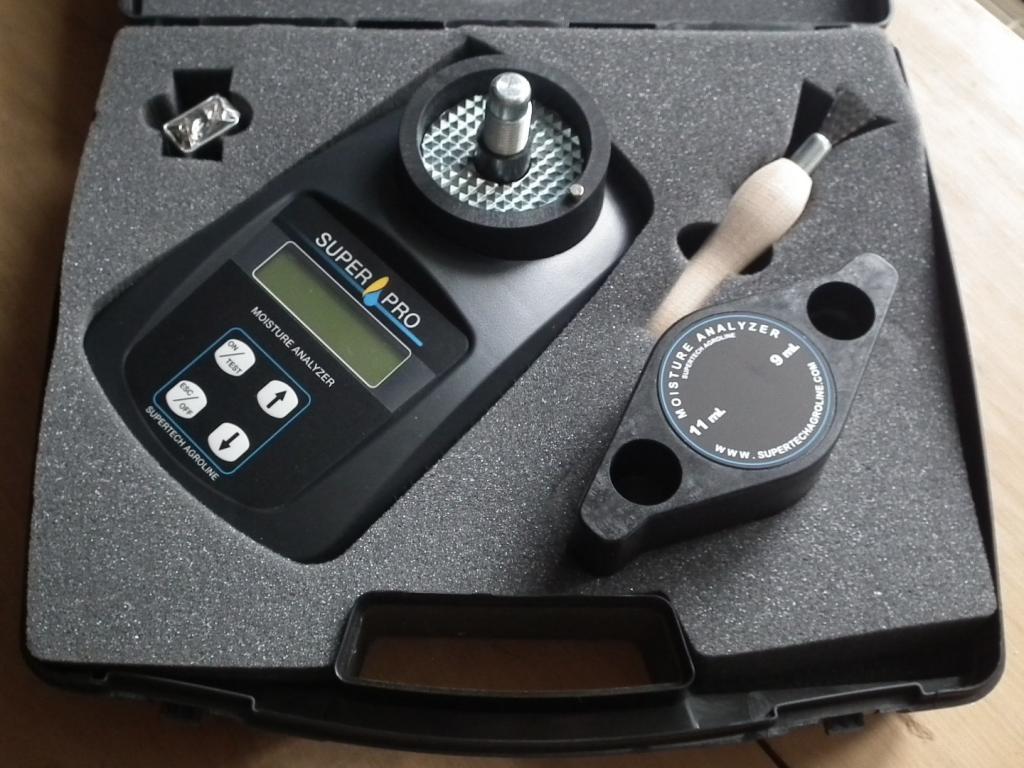
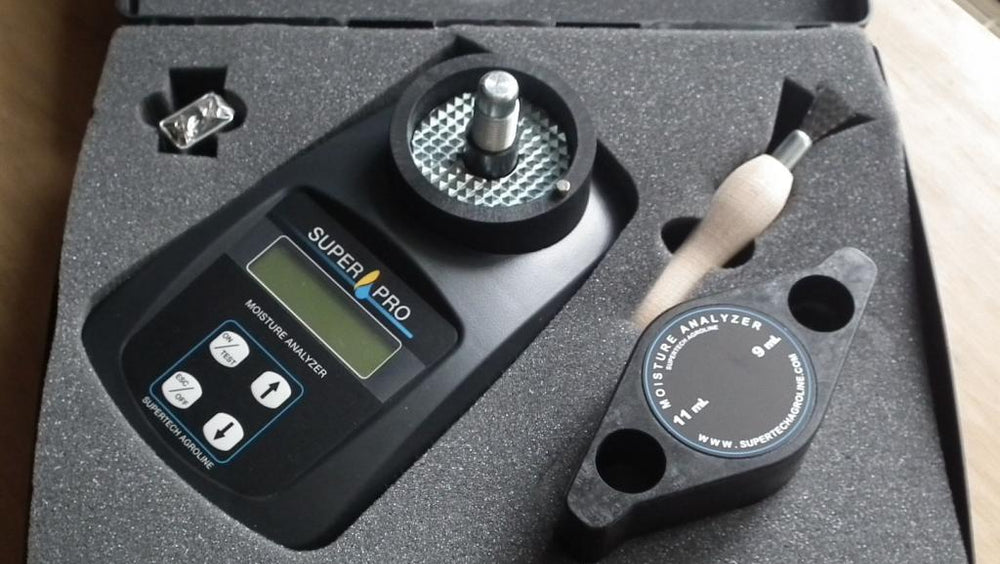
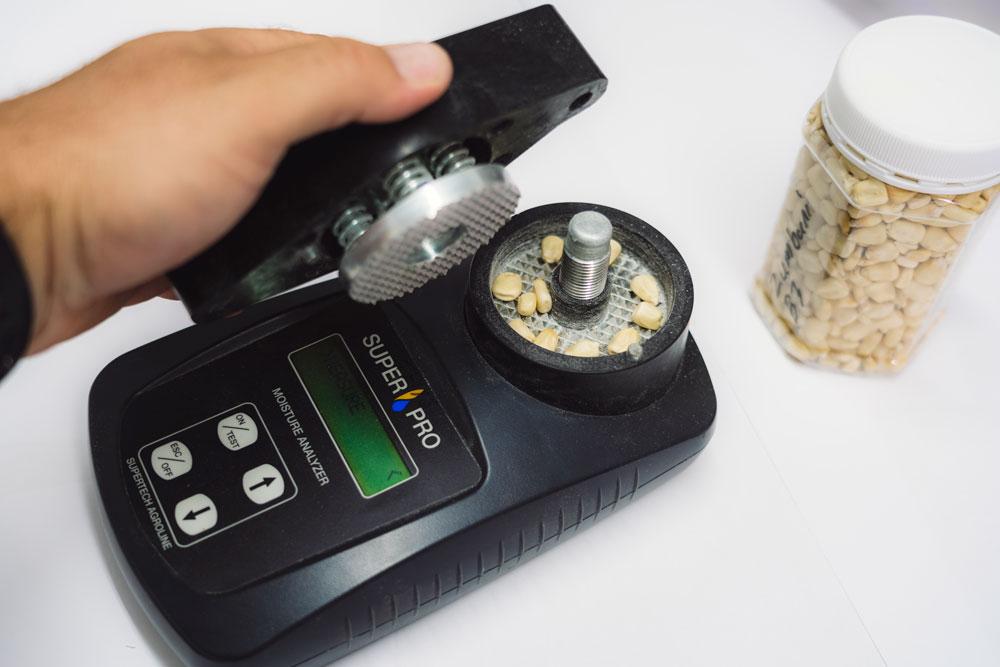
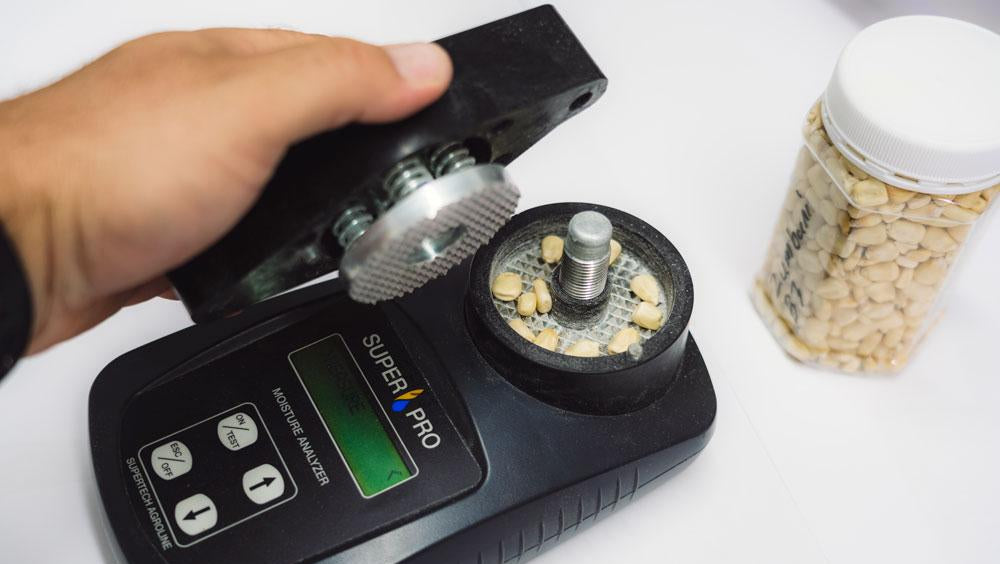
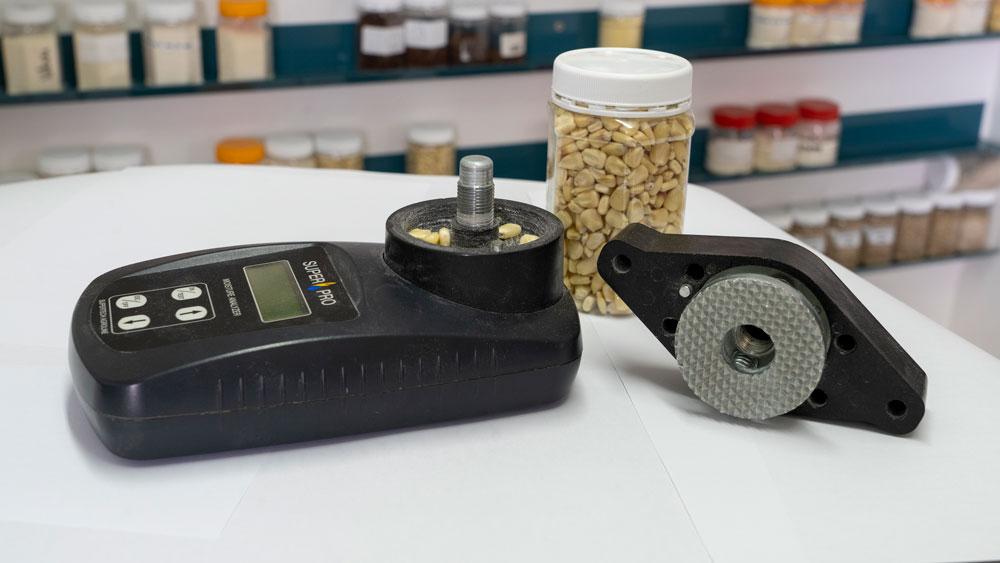
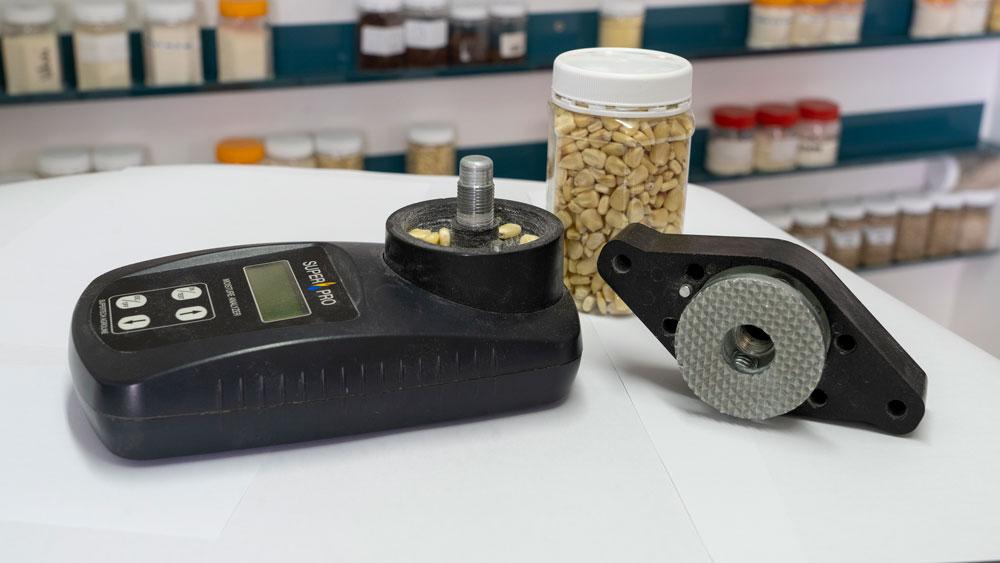

1 comment
Want Maize mill peformance
———
Roff Milling replied:
Hello Elizabeth, please reach out to our sales team at sales@roff.co.za<mailto:sales@roff.co.za> for assistance.